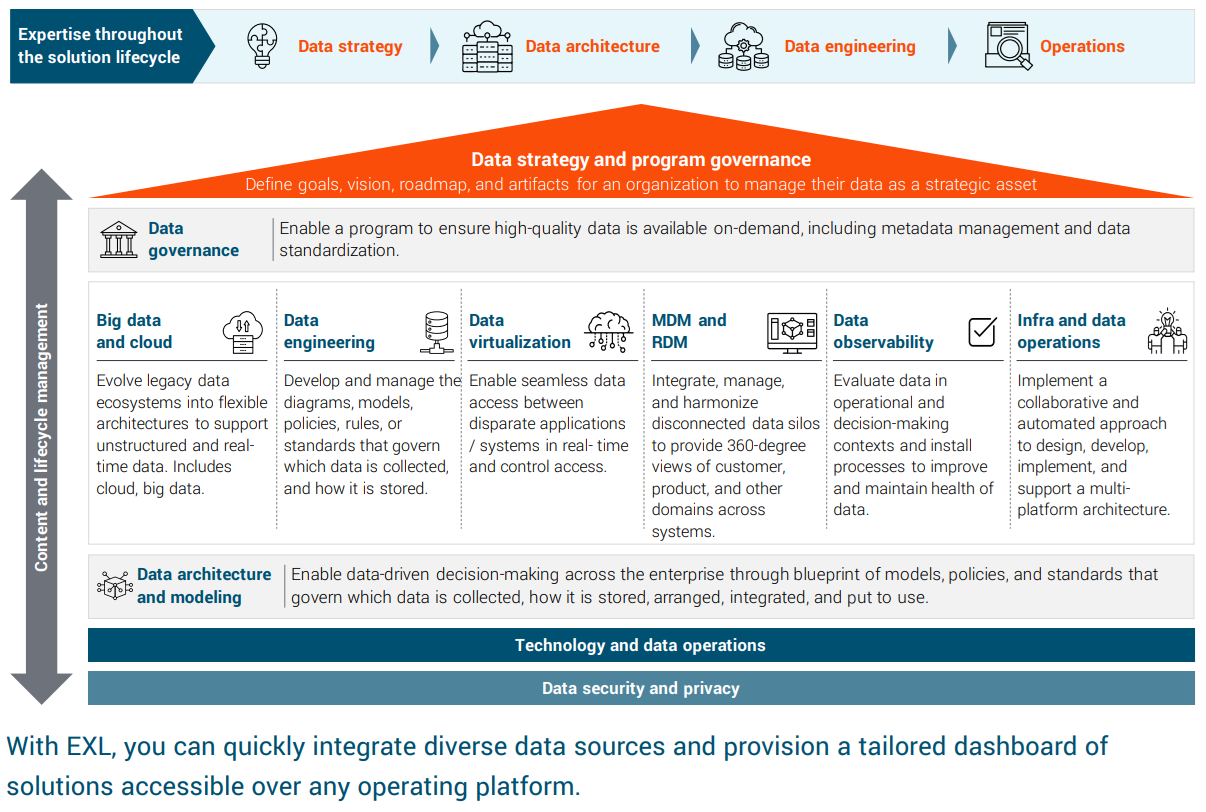Connected commerce
In today’s dynamic retail environment, consumers move effortlessly between digital and physical touchpoints, expecting personalized, frictionless experiences at every interaction. Connected commerce has emerged as the next evolution, integrating these experiences into one unified journey. It links online, in-store, and mobile channels into a seamless system, allowing customers to shop on their terms, with minimal friction, and ensuring consistency across all touchpoints.
Omnichannel vs. connected commerce: the evolution
While omnichannel commerce focuses on creating a consistent brand experience across platforms, connected commerce goes a step further by ensuring all shopping channels communicate in real-time. This creates a synchronized, up-to-date experience for customers across digital and physical platforms. It’s not just about consistency but real-time integration and personalization.
Case in point: one-tap prescription refills
Consider a leading pharmacy’s mobile app, which offers one-tap prescription refills with options for delivery or in-store pickup, personalized offers based on purchase history, and GPS-enabled store locators. This approach integrates the online and in-store experience, allowing customers to start their journey online and complete it in-store seamlessly.
Evolving consumer business strategies in the era of connected commerce
As consumers integrate more deeply with technology, businesses must adapt strategies to keep up. Social media platforms such as Instagram and Facebook are becoming vital for showcasing products, while innovations like mobile payment systems and contactless payments are transforming how transactions occur. Connected commerce helps retailers blend online and offline experiences into one fluid customer journey.
Key strategies include:
- Cross-channel integration: Ensuring customers can move between online and offline channels without disruption.
- Personalization: Using analytics to deliver targeted experiences based on customer preferences and behaviors.
- Social commerce: Enabling transactions directly through social platforms to bridge the gap between discovery and purchase.
- Streamlined backend operations: Integrating inventory management and order fulfillment to ensure real-time data synchronization across channels.
- Seamless checkout: Providing efficient, convenient checkout options, such as mobile payments and click-and-collect services.
Case in point: personalized product recommendations
A retailer collaborated with EXL to build a demand forecasting model that predicted customer preferences. This solution automated product recommendations by segment, increasing sales by 5% and freeing internal staff for more valuable tasks.
How can we get there?
Achieving connected commerce requires businesses to align customer engagement systems with operational and analytics platforms. This alignment enables real-time insights, helping businesses deliver the right product to the right customer, on the right channel, at the right time. Streamlining backend operations like inventory management and fulfillment is critical for a fully integrated customer experience.
Despite the potential benefits, implementing connected commerce strategies comes with challenges. Initial investments in AI, machine learning, and advanced technology are necessary but costly. Building strategic alliances and reworking internal teams to manage these new systems also requires time and resources.
Leverage advances in AI and analytics
Advances in AI and machine learning have enabled businesses to analyze customer data in real-time and create personalized shopping experiences. Automation technology also allows for smoother integration of front- and backend operations. The combination of AI and analytics is crucial for creating a continuous, personalized shopping journey.
Reorganizing teams
To implement connected commerce, businesses need to restructure internal teams to foster collaboration between data scientists, analysts, and engineers. These teams must work together to leverage the full potential of AI and emerging technologies.
Evaluating alliance partners
Strategic alliances are essential for implementing a connected commerce strategy. Partnering with technology providers that share the vision of seamless, personalized customer experiences can enhance a business’s capabilities and expedite success.

Establishing a unified data framework
A unified data framework is key to connected commerce, ensuring real-time synchronization of customer data across all channels. This framework integrates data from online and offline sources, enabling personalized marketing campaigns, optimized inventory management, and streamlined fulfillment processes.
Key elements of a unified data framework include:
- Multiple data sources: Combining data from online platforms, mobile apps, POS systems, and third-party providers for a comprehensive view of customer behavior.
- Unified customer data: Centralizing customer data for personalized experiences and real-time insights.
- Data storage and management: Utilizing big data to create a single source of truth, with responsible governance.
- Data analysis and insights: Leveraging analytics and AI for personalized recommendations and optimized decision-making.
- Data activation: Applying insights to improve marketing, inventory management, and product development.
- Feedback loop: Continuously refining strategies based on data-driven feedback.
Partner with EXL
EXL helps businesses accelerate their connected commerce capabilities with deep expertise in data management and AI-powered solutions. By unifying data sources and leveraging analytics, EXL enables businesses to deliver more personalized, efficient, and responsive customer experiences.
To learn more about connected commerce or begin your journey toward a more connected experience, please contact us.
